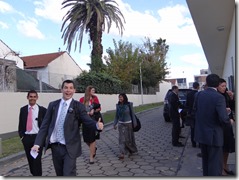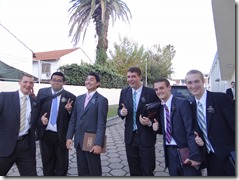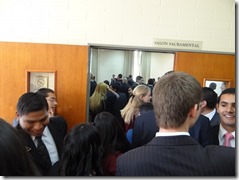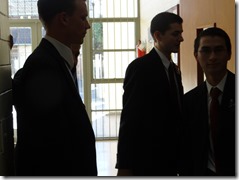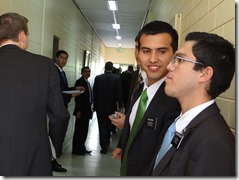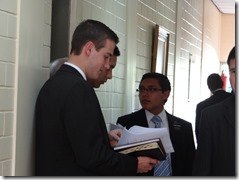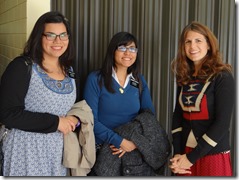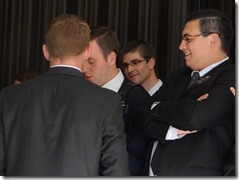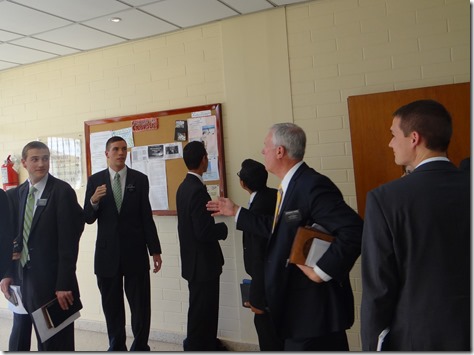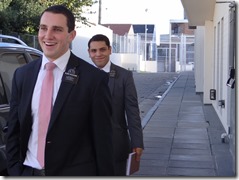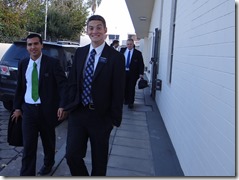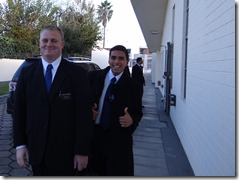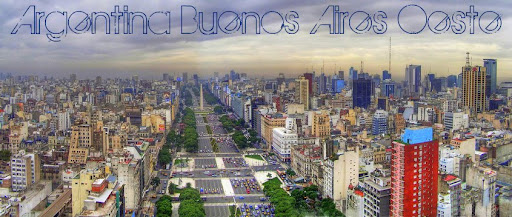Buenos Aires' welcoming attitude toward graffiti has made it one of the world's top capitals for international street muralists, showcasing well-known urban artists such as Blu of Italy, Jef Aerosol of France, Aryz of Spain, Roa of Belgium, and Ron English of the United States. We went on a graffiti tour in the city called Hidden Walls. We learned all kinds of stuff about graffiti. Since I knew nothing about graffiti art to start with, I found it all pretty interesting. One of the groups that is particularly active in Buenos Aires right now always incorporates the sun into their work. The picture at the top shows firefighters working in La Boca. The two works at the bottom show mother’s that are struggling to find their children who were stolen during one of the past dictatorships.
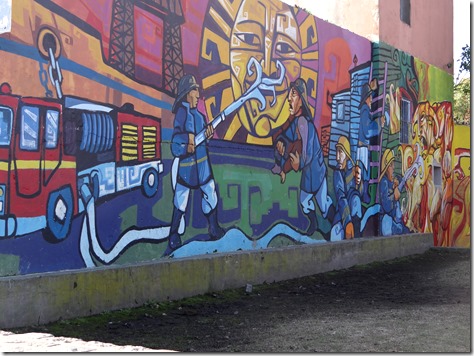
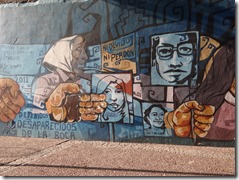

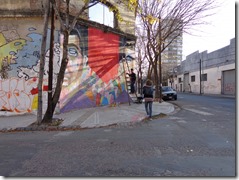
We went to another part of the city and actually ran into an artist who was painting a piece about La Boca!

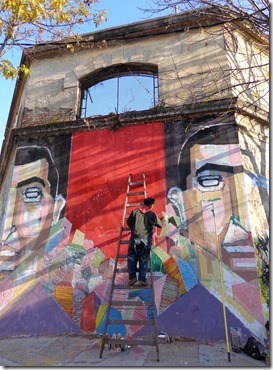
I doubt that I would have recognized it on my own, but as soon as the guide explained it to us, it made perfect sense!
La Boca is such a well-known section of the city that has become very famous. Very often when you see pictures of the city, you see pictures of this neighborhood.
So, it became easier to identify the houses sitting on the shoulders of the Italian immigrants that first settled there.
I would like to go back and see how it turns out when the piece has been completed.
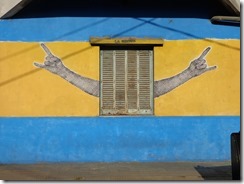
While a lot of graffiti is done with spray paint, it can also be done with latex paint. We saw quite of bit of graffiti done with stencils, as well.
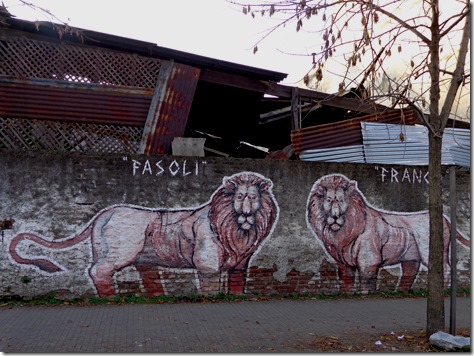
We learned that the life of a piece of graffiti is only about 3 years. In any scenario, after 3 years, if another artist wants to cover your space, it is considered acceptable. If you want to paint over someone’s work sooner, you better be careful or you might find all of your own works covered, in a sort of graffiti war.
The child below features in several graffiti works in the city. He was originally in a newspaper waving a flag. The artist used the piece to make a stencil but shows him with a paintbrush instead. When the plastic for stencils became very expensive during the last economic crisis, the artists used old x-ray sheets. Up close we could see the patchwork of those sheets. This particular building is a newspaper company. The owner got tired of political activists painting his building and actually hired several famous graffiti artists to come and paint his building…so it should be safe for a few years now.
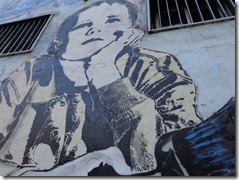

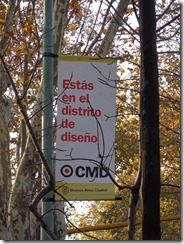
We continued on to another part of the city with many old warehouses. Some of them are still in use as businesses, and we saw some that have been sort of renovated and serve as indoor soccer facilities, for example.
To improve the area, an art jam was held last November. Some of the famous graffiti artists listed above, as well as many others came from all over the world and spent three days painting. Many of them worked together incorporating their ideas into giant pieces that may or may have a theme.
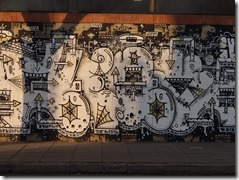
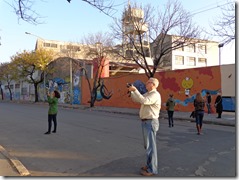

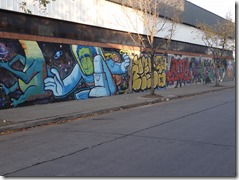
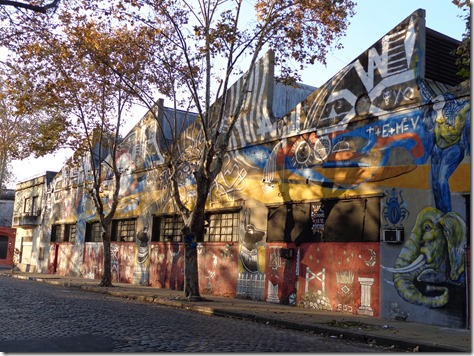
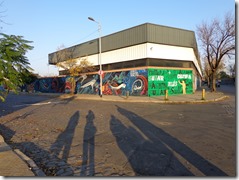
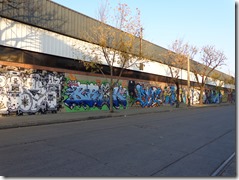
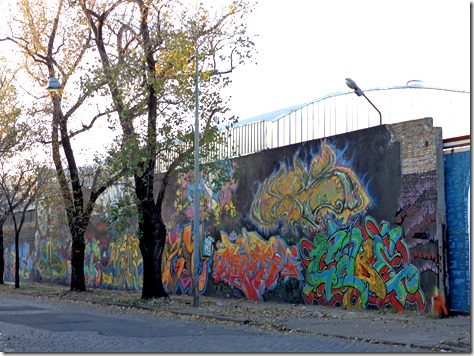
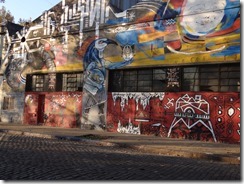
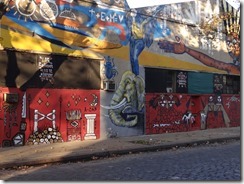

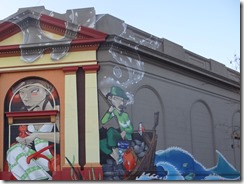
This maiden has been captured and sits in a boat at sea. I found the guard dog particularly entertaining.
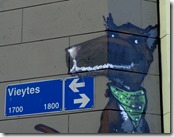
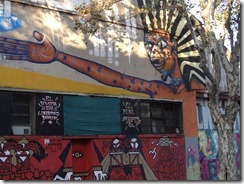
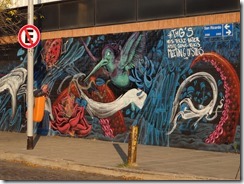
My personal favorite was the giant sea turtle. The man with the dog painted below it are life size. Really, it is very hard to portray how big and impressive this piece, and the others are, that we saw on the tour. This was done by Argentine muralist, Martin Ron. He actually came back in March this year and fixed some of the details that had started to fade.

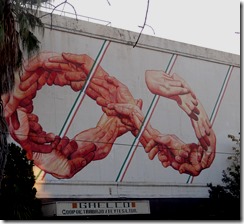
This one was done by two United States artists. When they were given this space on an Italian ice cream factory, they asked for a little history. They learned that when the economy collapsed in 2001, and the owners could no longer pay the workers, they all showed up at the factory anyway, and kept on working. The last hand that would complete the unity symbol is nearby, next to the ice cream cones. The 41 ice cream cones each represent one of the workers.
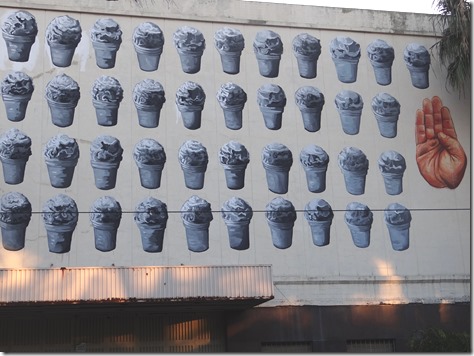 Buenos Aires tiene una actitud muy amable para los graffitis y es un lugar en el mundo donde artistas internacionales pueden ir a hacer sus obras como Blu de Italia, Jef Aersol de Francia, Aryz de España, Roa de Bélgica y Ron English de EEUU.
Buenos Aires tiene una actitud muy amable para los graffitis y es un lugar en el mundo donde artistas internacionales pueden ir a hacer sus obras como Blu de Italia, Jef Aersol de Francia, Aryz de España, Roa de Bélgica y Ron English de EEUU.
Fuimos en un tour de la ciudad se llama Paredes Ocultas. Aprendimos todos tipos de cosas acerca de graffiti. Porque no sabia nada acerca de graffiti para empezar entonces para mi fue muy interesante. Uno de los grupos muy ocupados en Buenos Aires ahora siempre tienen el Sol en su obra. La foto arriba muestra los bomberos trabajando en La Boca. Las otras dos abajo muestran las madres que están tratando de encontrar sus niños que desaparecieron durante la dictadura.
Fuimos a la otra parte de la ciudad y nos encontramos un artista pintando una obra acerca de La Boca. Tengo dudas que podía entender por mi misma pero en cuanto nuestra guía nos explico fue muy fácil ver. La Boca es una parte muy conocida de la ciudad y muy famosa. Muchas veces cuando vean fotos de la ciudad, son fotos de esta barrio.
Entonces fue mas fácil para ver las casas sobre los hombros de los inmigrantes Italianos que empezaron allá. Me gustaría regresar y ver la obra completa cuando la obra este terminada.
Aunque un montón de graffiti es hecho con pintura en espray, también puede ser hecho con pintura látex. Vimos algunas obras de graffiti hechas con stencils también.
Aprendimos que la vida de una obra de graffiti es menos de tres anos. En cualquier escenario si alguien quiere pintar sobra su espacio esta bien después de tres anos. Pero, si quiere hacerlo antes, cuidado o tal vez vaya a encontrar todos sus obras cubiertas en una guerra de graffiti.
El Niño abajo esta en algunos graffitis en la ciudad. Originalmente el fue en un periódico con una bandera. El artista uso este dibujo para hacer un stencil pero ahora con un pincel en vez de la bandera.
Cuando el plástico para stencils estuvo muy caro durante la crisis económica, los artistas usaron hojas de rayas x. Muy cerca podemos ver el patchwork de estas hojas.
Esta empresa es un edificio de periódicos. El jefe no quería activistas políticas pintando su edificio entonces le pidió a algunos artistas de graffiti a que vengan y pinten su edificio entonces debe estar seguro para algunos anos ahora.
Continuamos a otra parte de la ciudad con muchos depósitos viejos. Algunos de ellos todavía están funcionando y vemos otros que hand sido casi renovados y por ejemplo como una cancha de fútbol de interior.
Para mejorar el área había un art jam en Noviembre 2012. Algunos de los artistas arriba y muchos otros pasaron tres dias pintando. Algunos de ellos trabajaron juntos incorporando sus ideas en una obra gigante que tal vez si o tal vez no tengan un tema.
La chica ha sido capturada y esta sentada en una barca en el mar. Pensé que el perro fue muy divertido.
Mi favorita fue una tortuga gigante. El hombre con el perro pintados abajo son el tamaño real de hombres y perros. En realidad es muy difícil decir cuan grande e impresionante es y otros también que vimos en el tour. Fue hecho por un artista Argentino, Martin Ron. Regreso en Marzo este ano y retoco algunos detalles que estaban borrando.
Esta obra fue hecha por dos artistas de EEUU. Cuando les dieron este espacio de un deposito de helados Italianos, ellos les pidieron la historia.
Aprendieron que cuando la economía cayo en 2001 y los jefes no pudieron pagar los trabajadores, ellos vinieron al depósito y continuaban su trabajo. La ultima mano que debería completar el símbolo de unidad esta cerca, al lado de los conitos de helado. Los 41 conitos representan los 41 trabajadores.
http://buenosairesstreetart.com/2012/11/interview-with-gaia-at-mos-buenos-aires-2
http://www.huffingtonpost.com/2013/05/06/argentina-street-art_n_3224835.html#slide=2415573012/

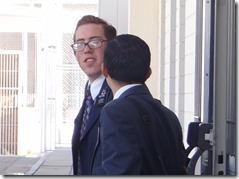

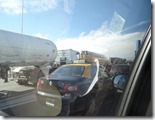 Over 100 roadblocks on all the major freeways and highways were planned. It was ultimately decided that the North mission would have their own conference and that the South Mission and the CCM would meet with our mission at the Ramos Mejia building. Suddenly, everyone had to be in route right that moment, for a meeting that would take place two and a half hours earlier than planned.
Over 100 roadblocks on all the major freeways and highways were planned. It was ultimately decided that the North mission would have their own conference and that the South Mission and the CCM would meet with our mission at the Ramos Mejia building. Suddenly, everyone had to be in route right that moment, for a meeting that would take place two and a half hours earlier than planned.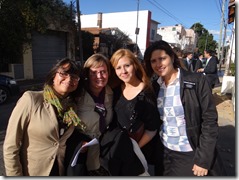
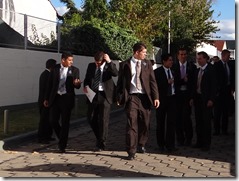 Elder Cook shook the hand of each and every missionary…even the late arrivals were asked to go to the back when he finished speaking. Both Sister Cook and Elder Cook shared their love and messages with us. It was an extraordinary opportunity for us as a mission and we basked in the joy of what we experienced afterwards in an impromptu meeting for just our mission.
Elder Cook shook the hand of each and every missionary…even the late arrivals were asked to go to the back when he finished speaking. Both Sister Cook and Elder Cook shared their love and messages with us. It was an extraordinary opportunity for us as a mission and we basked in the joy of what we experienced afterwards in an impromptu meeting for just our mission.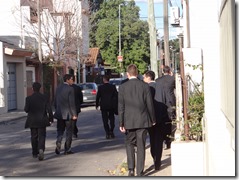
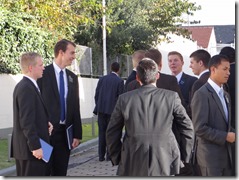 We knew from the get-go that we had a couple dozen missionaries too far afield to come in. Of course, they were missed and we will do our best to share the message. We appreciate their love and commitment to their local members and area.
We knew from the get-go that we had a couple dozen missionaries too far afield to come in. Of course, they were missed and we will do our best to share the message. We appreciate their love and commitment to their local members and area. 